Architecture book celebrates London’s most iconic council houses
On World Book Day, we explore The Council House by Jack Young, which celebrates iconic council houses across London
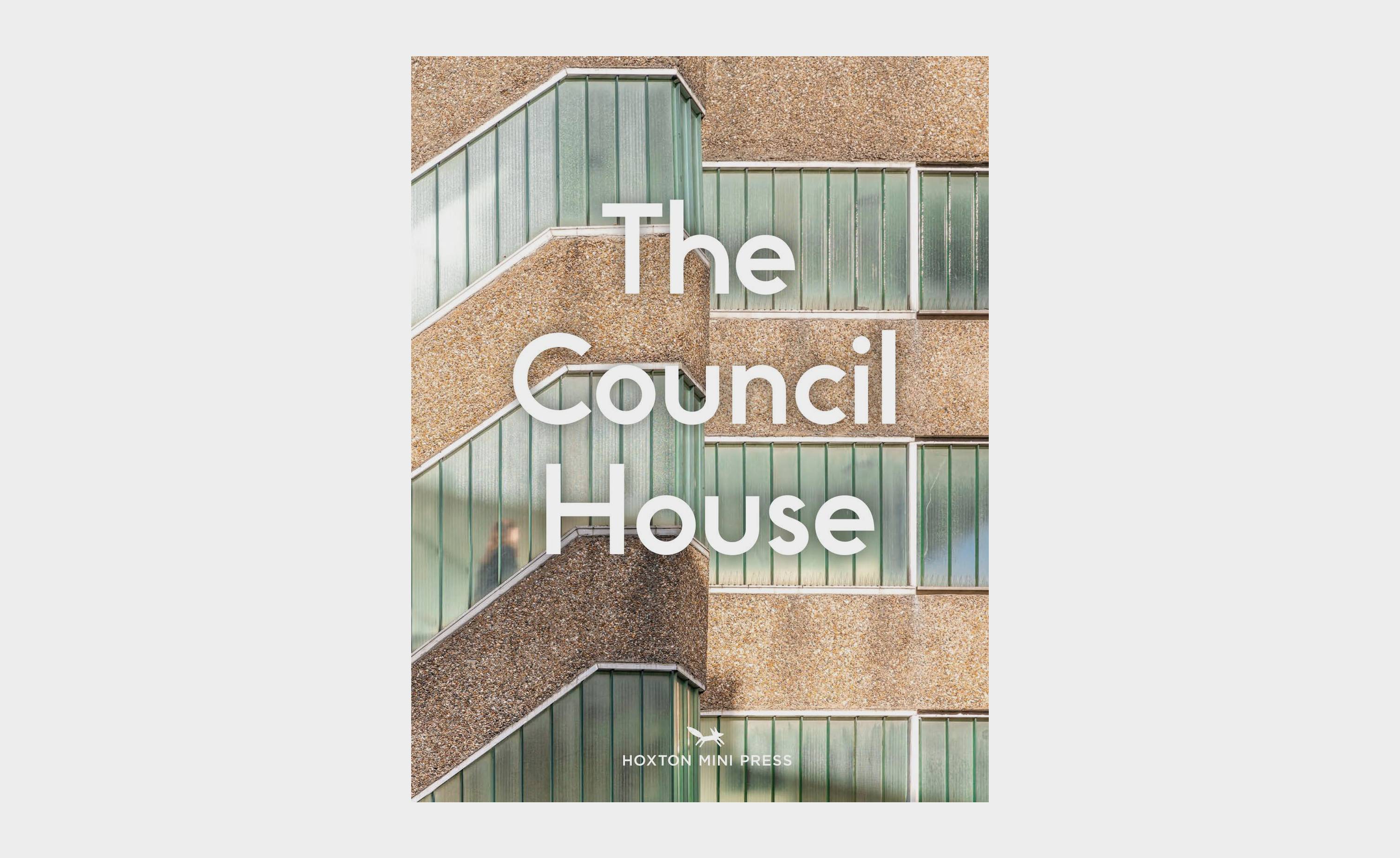
Jack Young - Photography
Survey London’s contemporary streetscape, and the more pessimistically minded might conclude that good-quality social housing has had its day. Instead, the capital is now riddled with countless new-build private apartment blocks, with the much-vaunted ‘affordability’ quota and council houses often relegated down dark side alleys or on another site altogether, if they are even built at all.
Space is at a premium, with ‘micro apartments’ suggested as a way of upping the amount of available housing.
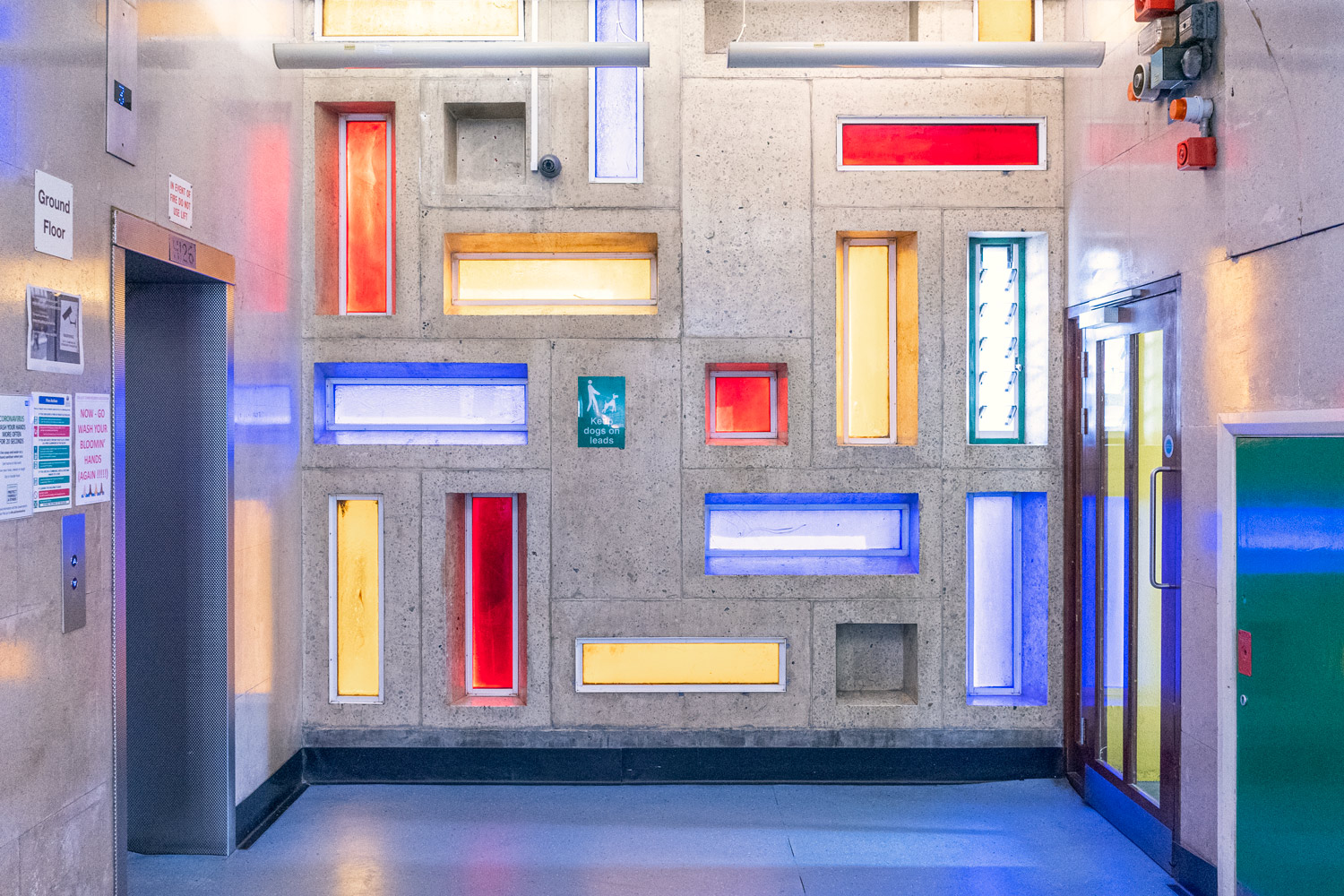
Trellick Tower, 1968-72, W10, Erno Goldfinger, from The Council House
The irony is that Britain used to build some of the best and most generous social housing in the world, strongly influenced by European modernist design. By the 1960s, all council housing was governed by a set of official space standards that most modern developers would baulk at.
Writer and photographer Jack Young’s new architecture book The Council House brings together portraits of 68 of the capital’s most celebrated council house schemes, from high to low rise, scattered across London from north to south.
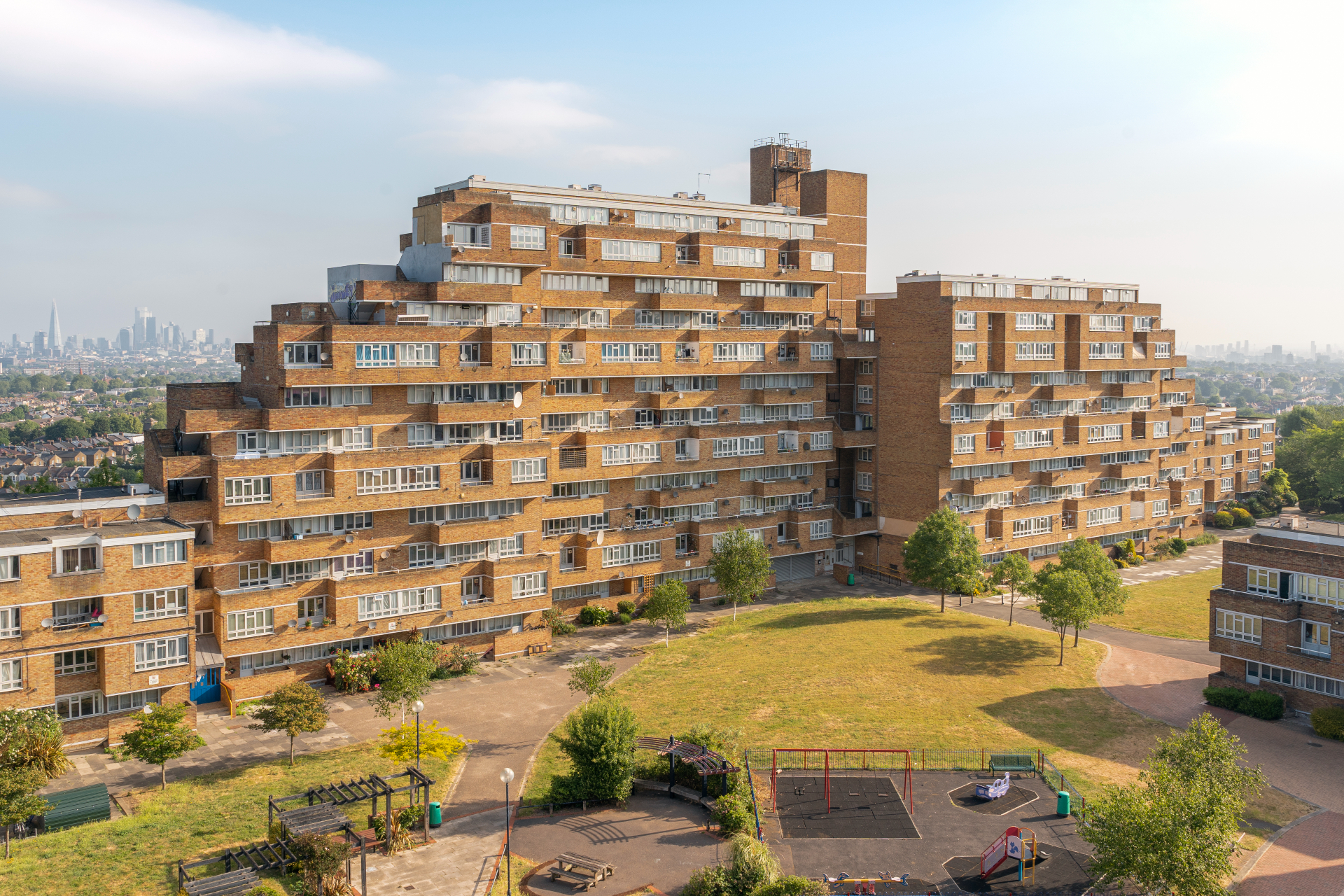
Dawson’s Heights, SE22, 1968-72, Kate Macintosh (Southwark Department of Architecture & Planning), from The Council House
Young writes unflinchingly about the teething troubles and social ills that frequently tainted the image of the new housing, but balances these with enthusiastic voices from residents old and new.
His excellent photographs veer between heroic celebrations of abstract forms and colour, and contextualising shots that really show how many of these buildings have grown and matured over time.
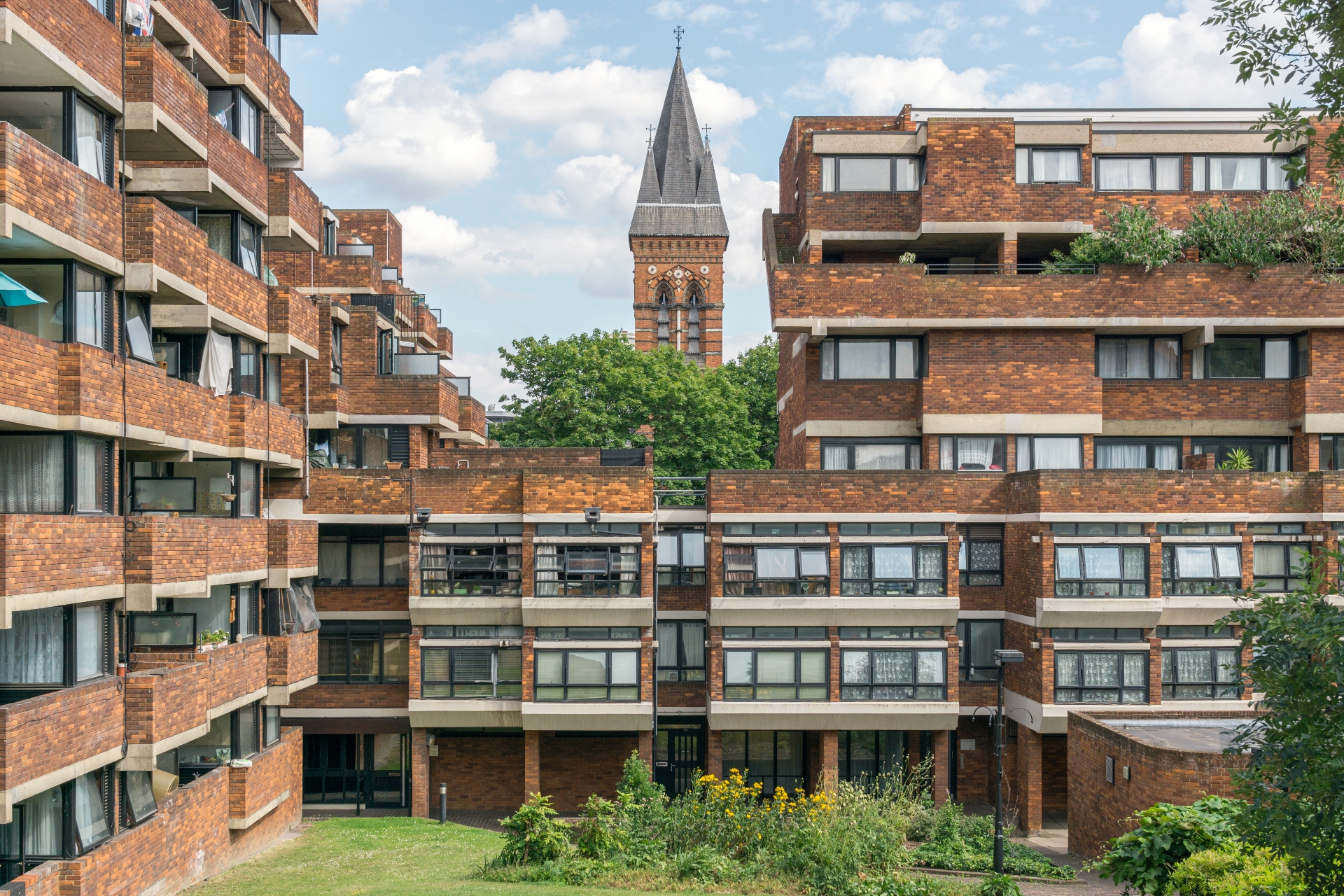
Lillington Gardens, SW1V, 1964-72, Darbourne & Darke, from The Council House
Although many of the featured buildings and complexes didn’t live up to their utopian promises, the landscape of affordable housing has changed beyond all recognition since they were built.
Wallpaper* Newsletter
Receive our daily digest of inspiration, escapism and design stories from around the world direct to your inbox.
As a result, a whole new generation is discovering these structures for their generous space and light. As demolition becomes increasingly uneconomic, London’s 20th-century council housing has become an integral and essential part of the city’s fabric.
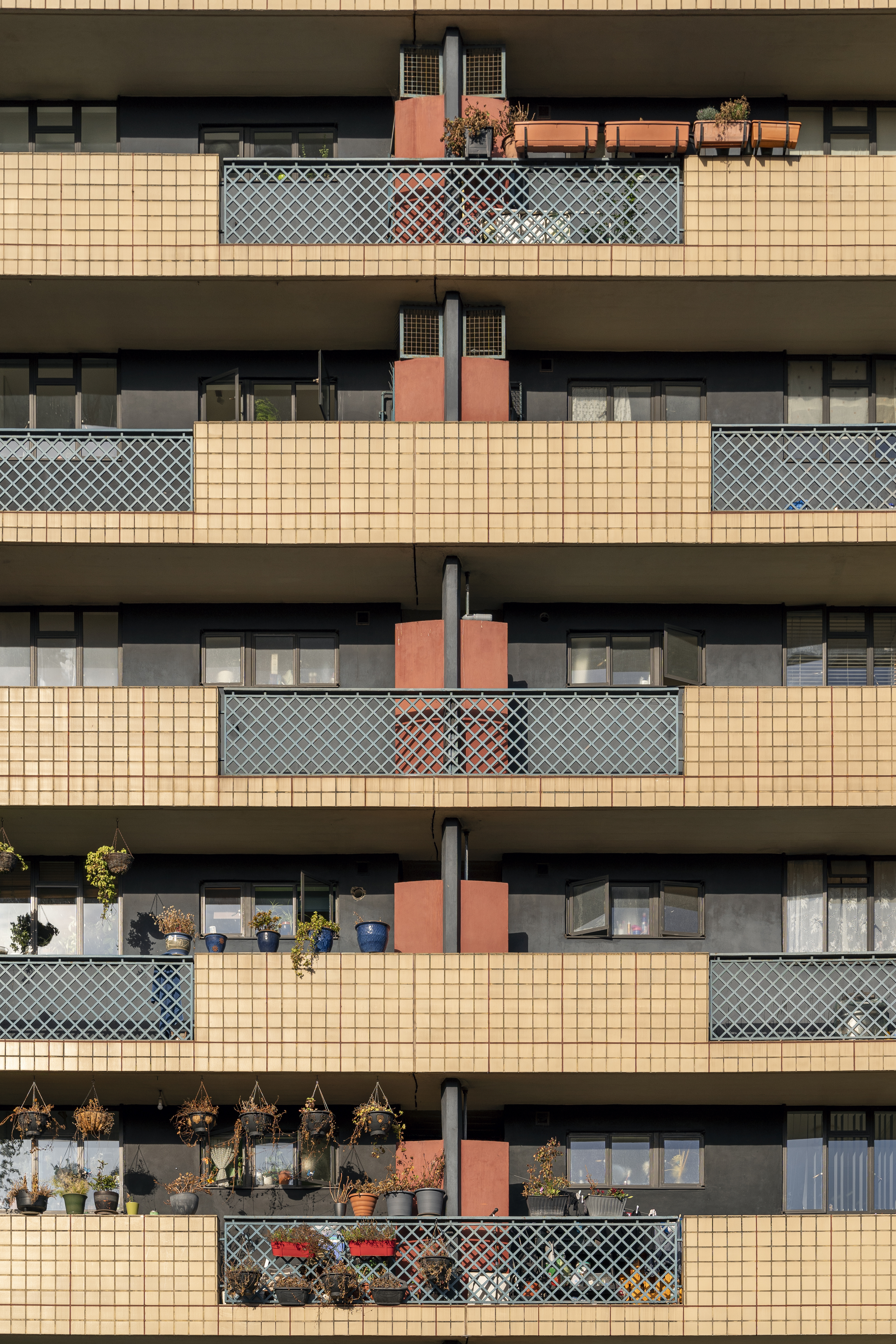
Spa Green Estate, EC1V, 1946-49, Tecton Group, from The Council House
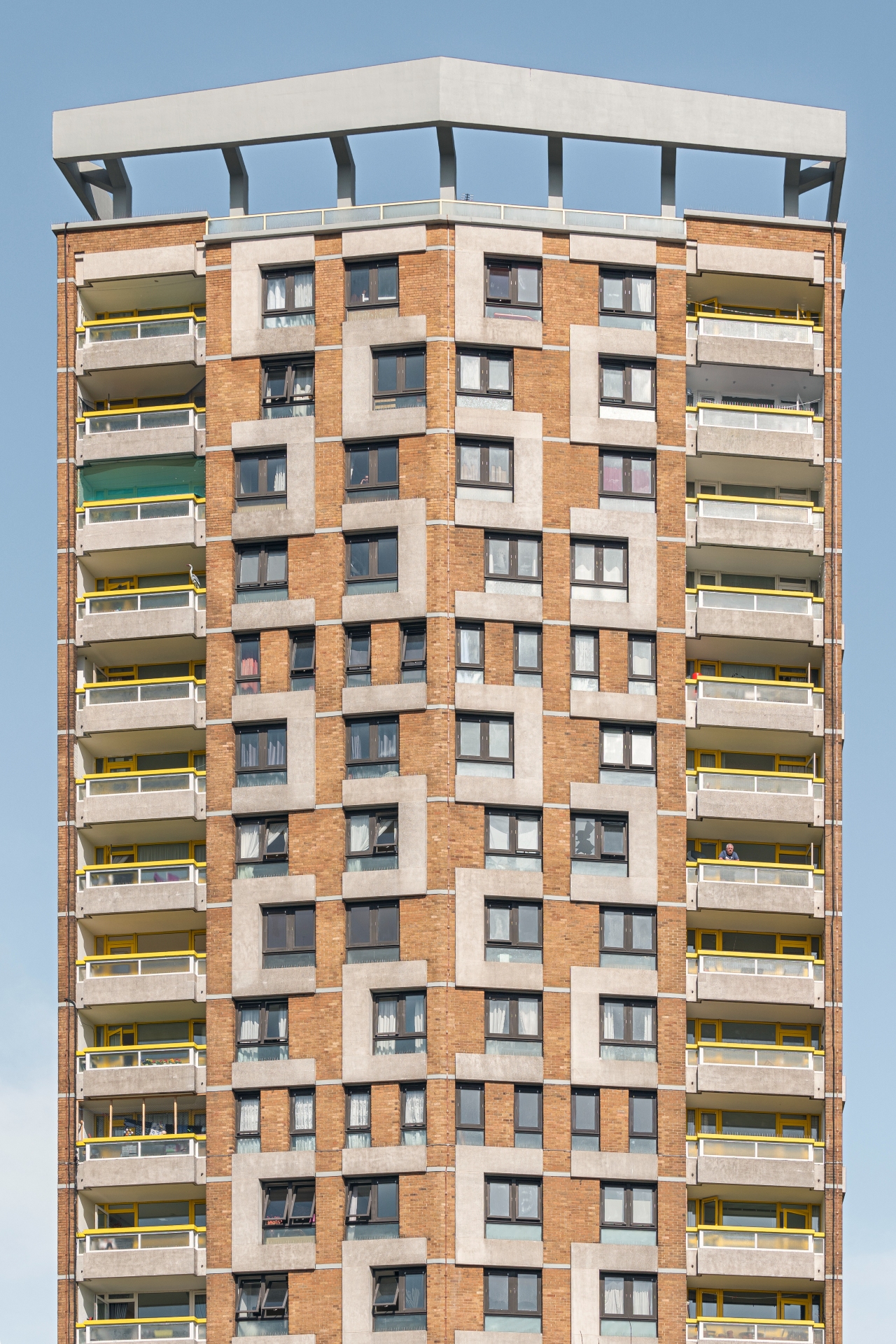
Sivill House, E2, 1964-66, Skinner, Bailey & Lubetkin, from The Council House
INFORMATION
The Council House, Jack Young, £18.95, Hoxton Mini Press
Jonathan Bell has written for Wallpaper* magazine since 1999, covering everything from architecture and transport design to books, tech and graphic design. He is now the magazine’s Transport and Technology Editor. Jonathan has written and edited 15 books, including Concept Car Design, 21st Century House, and The New Modern House. He is also the host of Wallpaper’s first podcast.
-
 All-In is the Paris-based label making full-force fashion for main character dressing
All-In is the Paris-based label making full-force fashion for main character dressingPart of our monthly Uprising series, Wallpaper* meets Benjamin Barron and Bror August Vestbø of All-In, the LVMH Prize-nominated label which bases its collections on a riotous cast of characters – real and imagined
By Orla Brennan
-
 Maserati joins forces with Giorgetti for a turbo-charged relationship
Maserati joins forces with Giorgetti for a turbo-charged relationshipAnnouncing their marriage during Milan Design Week, the brands unveiled a collection, a car and a long term commitment
By Hugo Macdonald
-
 Through an innovative new training program, Poltrona Frau aims to safeguard Italian craft
Through an innovative new training program, Poltrona Frau aims to safeguard Italian craftThe heritage furniture manufacturer is training a new generation of leather artisans
By Cristina Kiran Piotti
-
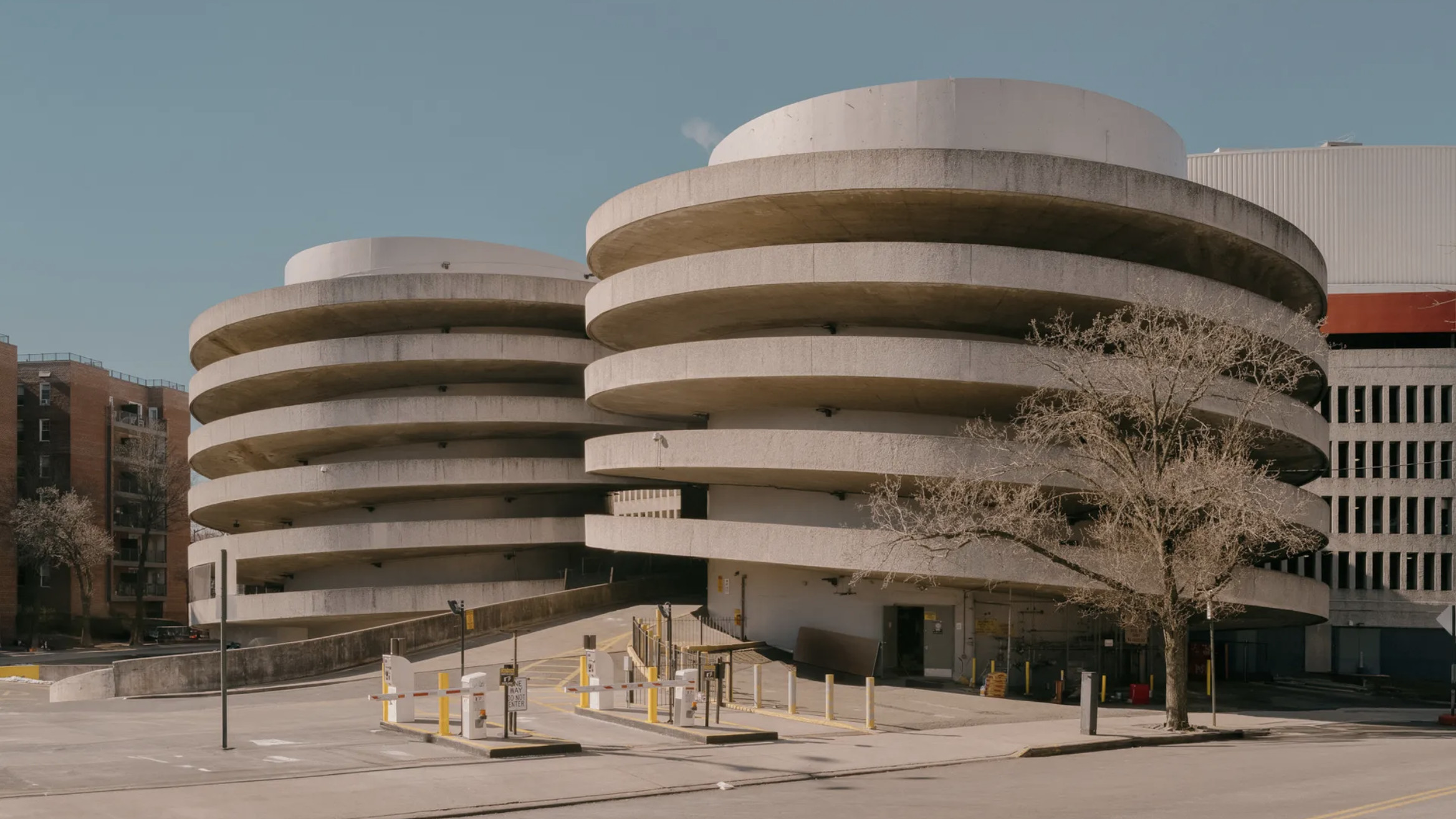 At the Sony World Photography Awards 2025, architecture shines
At the Sony World Photography Awards 2025, architecture shinesThe Sony World Photography Awards 2025 winners are announced, offering a visual feast in the Architecture & Design category
By Ellie Stathaki
-
 Ten contemporary homes that are pushing the boundaries of architecture
Ten contemporary homes that are pushing the boundaries of architectureA new book detailing 59 visually intriguing and technologically impressive contemporary houses shines a light on how architecture is evolving
By Anna Solomon
-
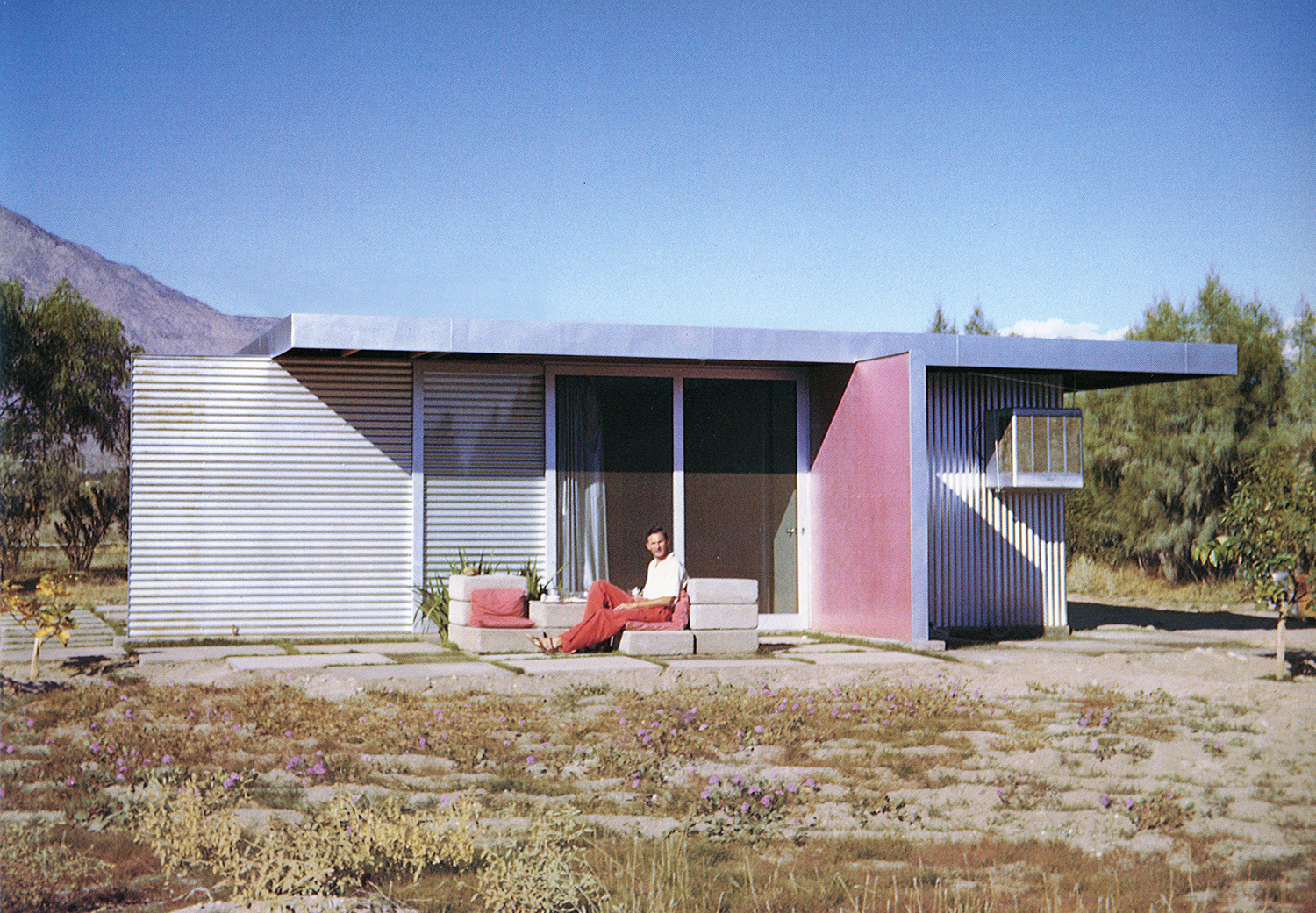 Take a deep dive into The Palm Springs School ahead of the region’s Modernism Week
Take a deep dive into The Palm Springs School ahead of the region’s Modernism WeekNew book ‘The Palm Springs School: Desert Modernism 1934-1975’ is the ultimate guide to exploring the midcentury gems of California, during Palm Springs Modernism Week 2025 and beyond
By Ellie Stathaki
-
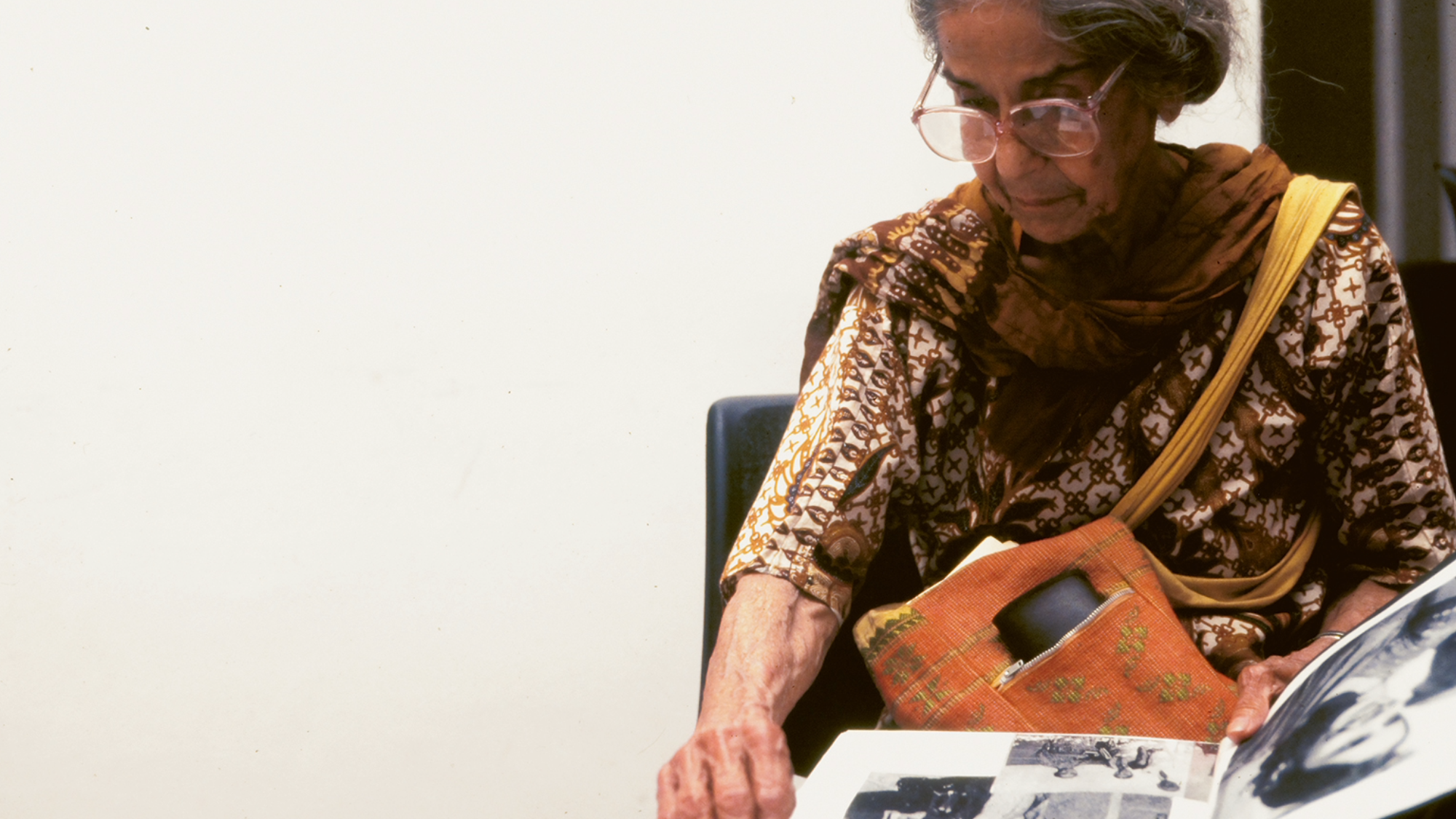 Meet Minnette de Silva, the trailblazing Sri Lankan modernist architect
Meet Minnette de Silva, the trailblazing Sri Lankan modernist architectSri Lankan architect Minnette de Silva is celebrated in a new book by author Anooradha Iyer Siddiq, who looks into the modernist's work at the intersection of ecology, heritage and craftsmanship
By Léa Teuscher
-
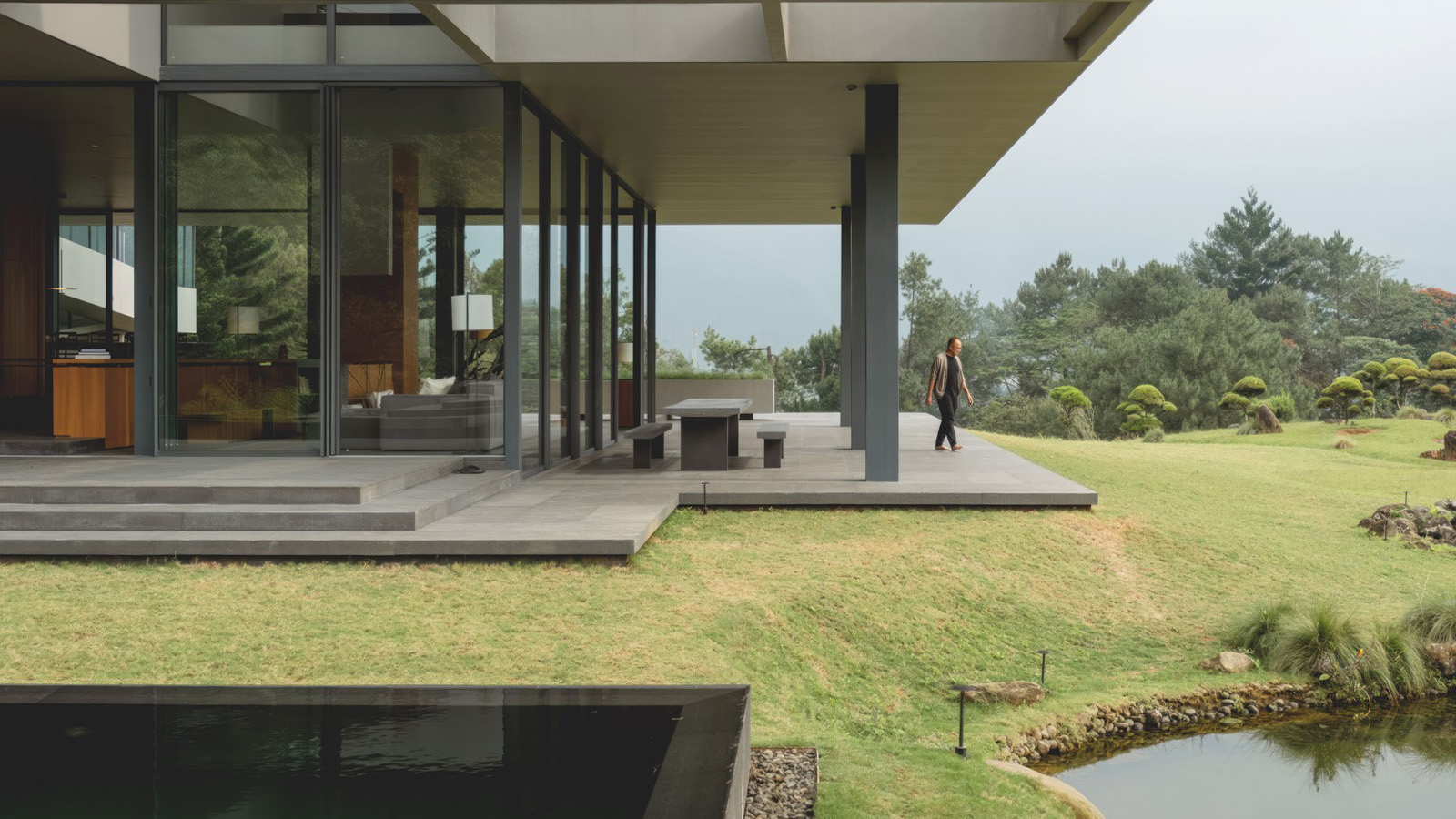 'Tropicality' explored in Indonesian architect Andra Matin’s first monograph
'Tropicality' explored in Indonesian architect Andra Matin’s first monograph'Tropicality' is a key theme in a new book on Indonesian architect Andra Matin, whose work blends landscape, architecture and living
By Harriet Thorpe
-
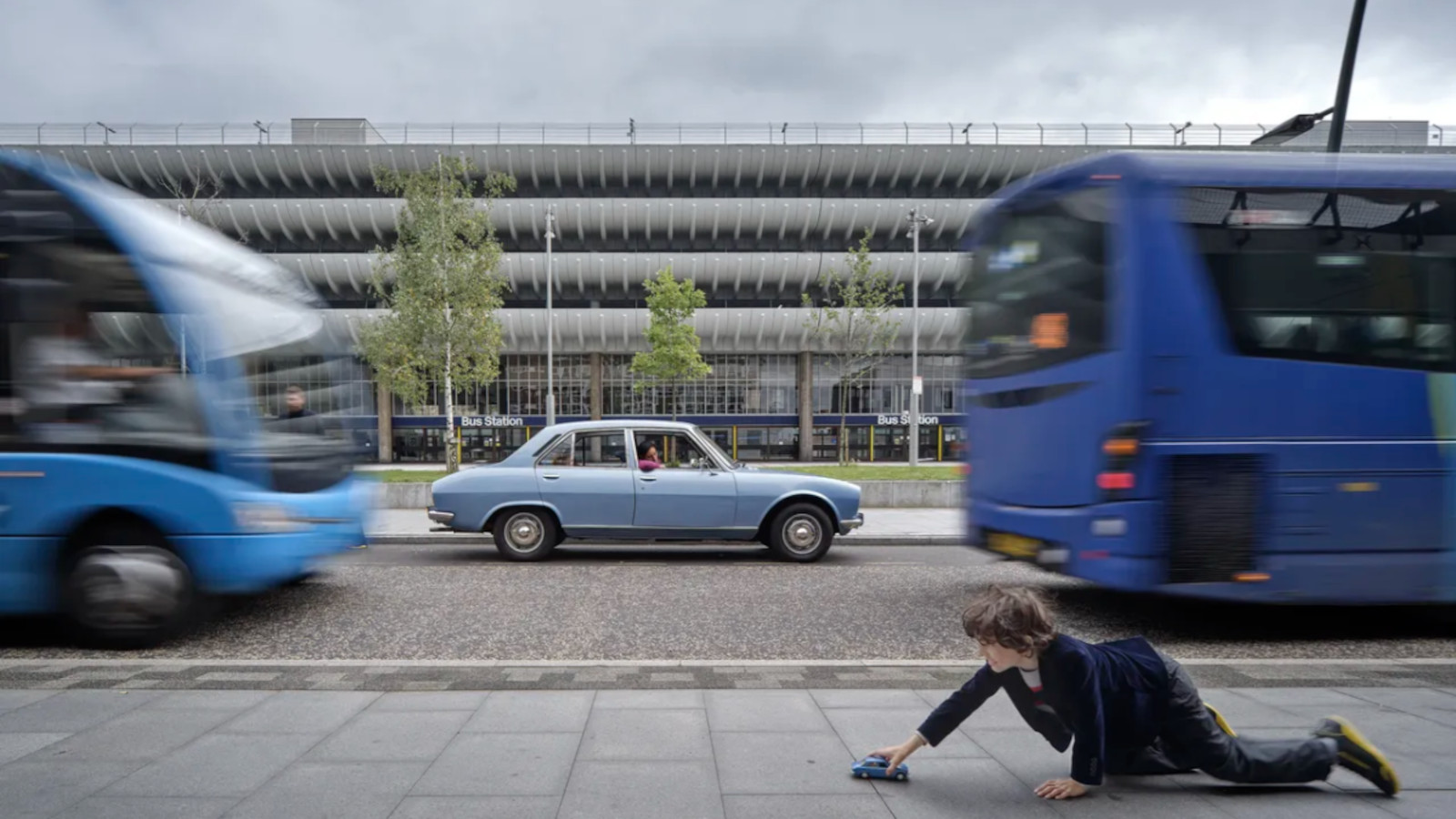 ‘A Time ⋅ A Place’ is a lovingly compiled photographic portrait of cars and architecture
‘A Time ⋅ A Place’ is a lovingly compiled photographic portrait of cars and architecture‘A Time ⋅ A Place’ is a celebration of the European Car of the Year and changing perceptions of modern design, pairing the best buildings of the age with their automotive contemporaries
By Jonathan Bell
-
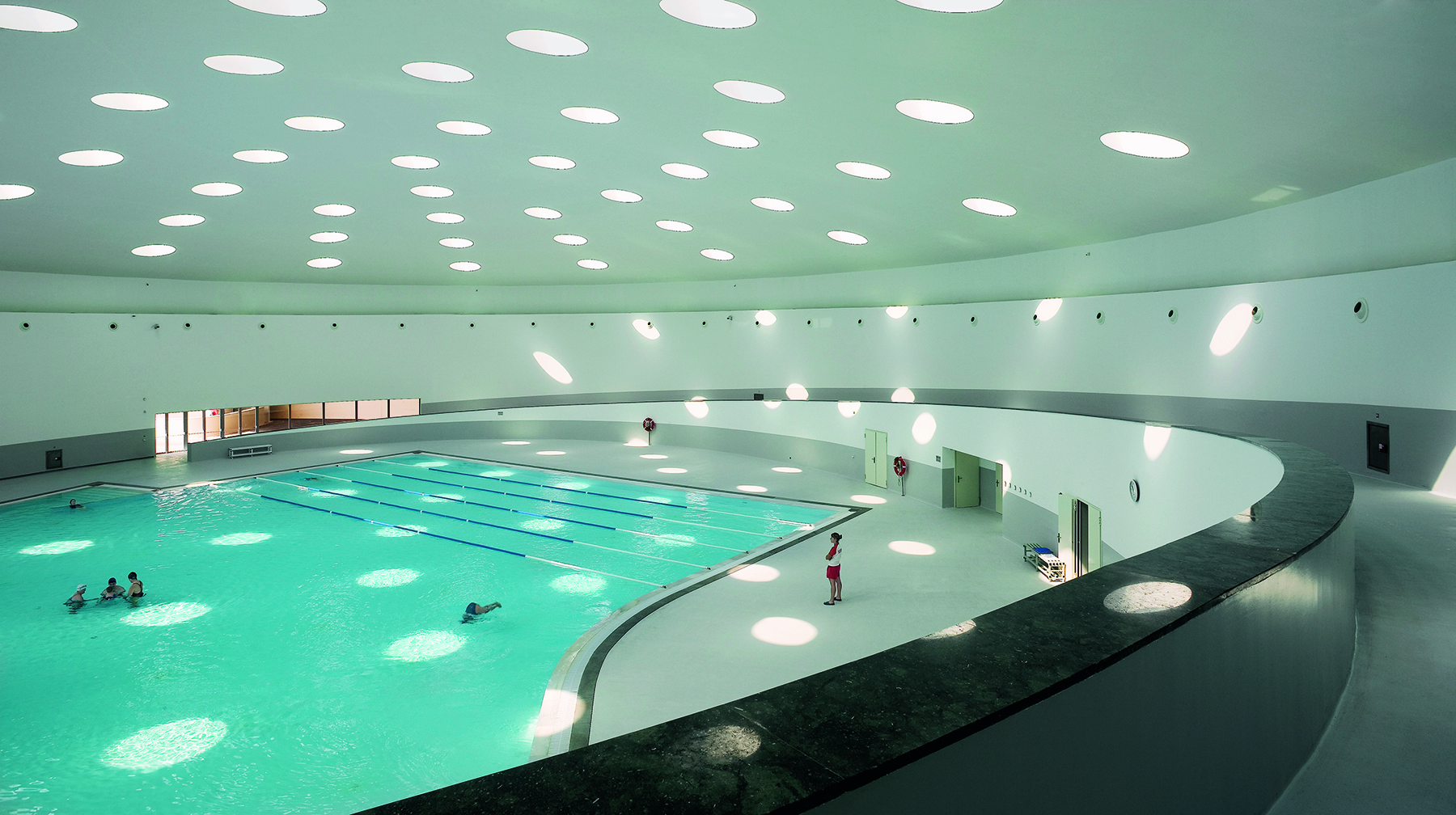 Álvaro Siza’s new monograph through the lens of Duccio Malagamba is impactful and immersive
Álvaro Siza’s new monograph through the lens of Duccio Malagamba is impactful and immersiveÁlvaro Siza and photographer Duccio Malagamba collaborate on a new monograph by Phaidon; ‘Before / After: Álvaro Siza Duccio Malagamba’ celebrates the Portuguese architect's work
By Michael Webb
-
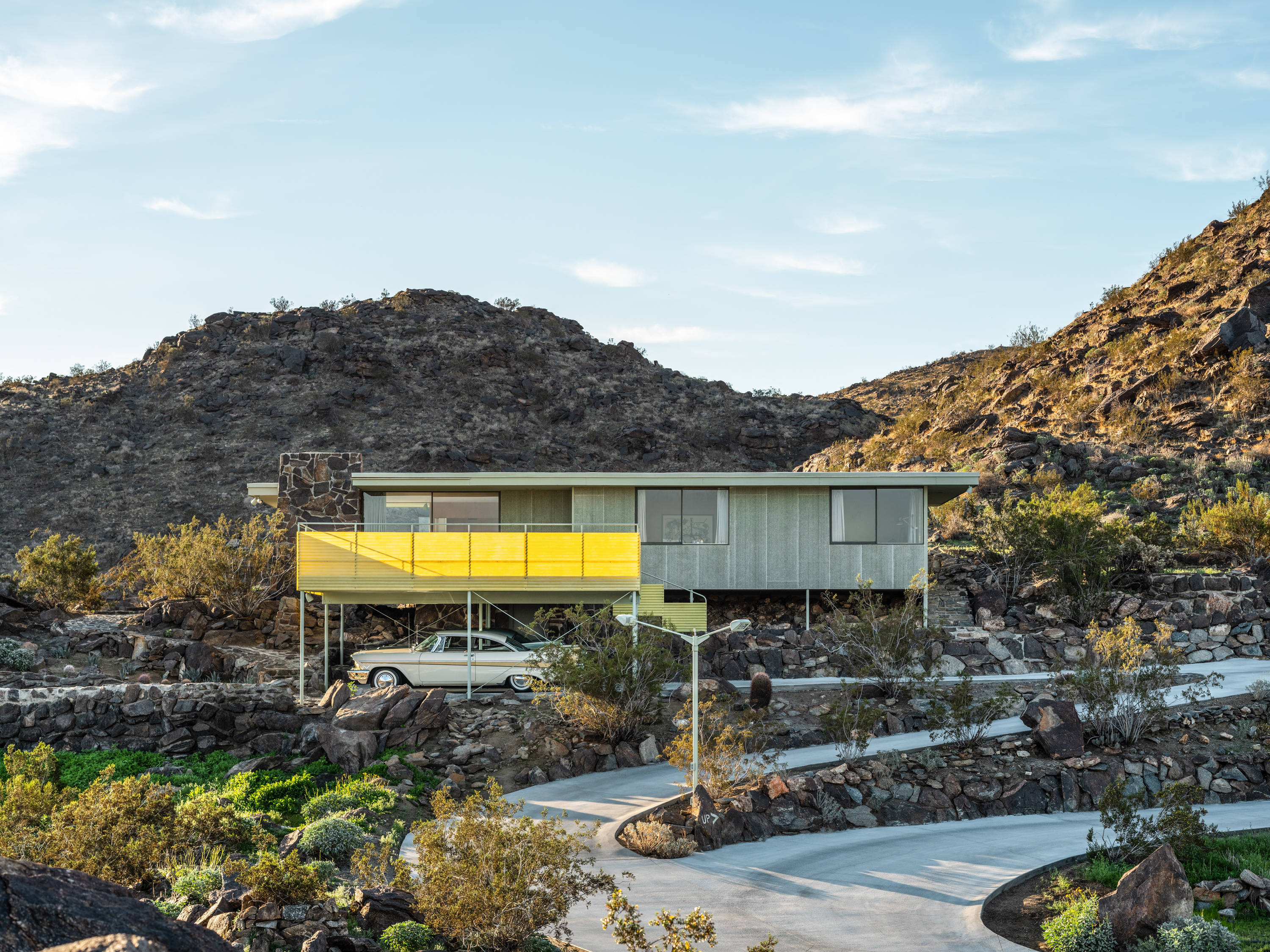 Modernist architecture: inspiration from across the globe
Modernist architecture: inspiration from across the globeModernist architecture has had a tremendous influence on today’s built environment, making these midcentury marvels some of the most closely studied 20th-century buildings; here, we explore the genre by continent
By Ellie Stathaki